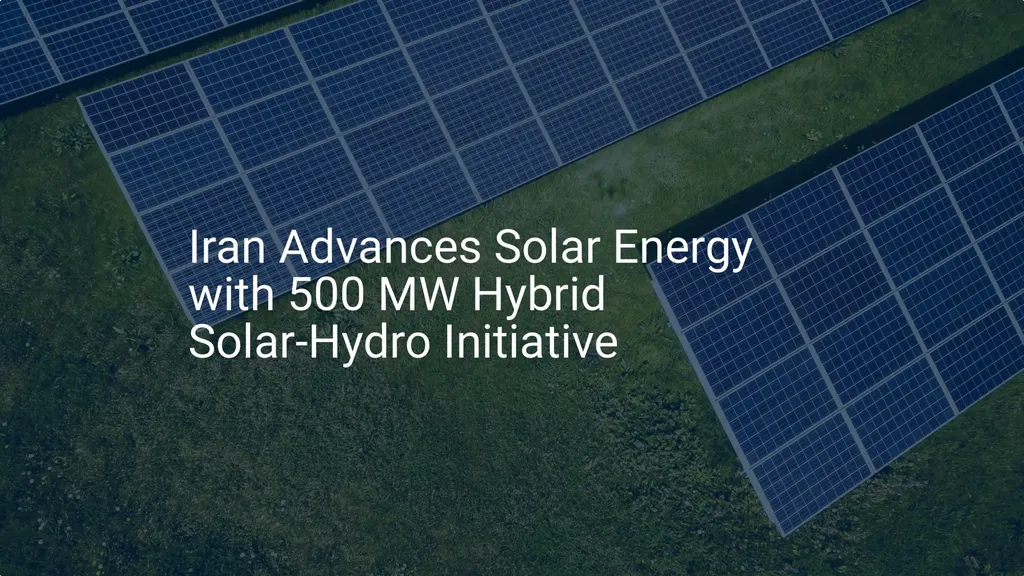In the quest to harness the sun’s power more effectively, researchers have developed a groundbreaking model that could revolutionize how we predict and manage solar energy. Faezeh Amirteimoury, a computer engineer from the Islamic Azad University in Kerman, Iran, has led a study that introduces a novel approach to forecasting photovoltaic (PV) power generation with unprecedented accuracy. Published in the journal “IEEE Access” (which translates to “Institute of Electrical and Electronics Engineers Access”), this research promises to bring stability and efficiency to power grids increasingly reliant on solar energy.
The global energy landscape is shifting, with solar power playing a pivotal role in meeting rising demand. However, the intermittent nature of solar energy poses challenges for grid management. Accurate forecasting is crucial to balance supply and demand, ensuring a stable power grid. Amirteimoury’s model addresses this need by integrating advanced machine learning techniques to predict PV power generation 24 hours in advance.
The model, based on a multi-scale feature attention network, combines convolutional neural networks, attention mechanisms, and gated recurrent units. This unique architecture allows the model to capture complex patterns in PV power generation data. “The key innovation here is the attention mechanism, which enables the model to focus on the most relevant features at different scales,” Amirteimoury explains. “This significantly improves the accuracy of our predictions.”
To further enhance performance, the researchers employed a two-step feature selection technique called mutual information-interaction gain. This method helps extract the most relevant input features while minimizing redundancies, leading to more efficient and accurate predictions.
The model was validated using real-world data from the Arvand power plant in Mahan, Iran. The results were impressive, with the model achieving a mean squared error (MSE) of 0.001, mean absolute error (MAE) of 0.02, mean absolute percentage error (MAPE) of 2.5%, and a coefficient of determination (R2) of 0.991. These metrics substantially surpass those of traditional methods like long short-term memory networks, multi-layer perceptrons, and Elman neural networks.
The implications of this research are far-reaching for the energy sector. Accurate PV power generation forecasting can lead to more efficient grid management, reduced energy costs, and increased reliability. “This model has the potential to support more stable and efficient power grid operations,” Amirteimoury notes. “It can help grid operators make informed decisions, optimize energy storage, and integrate more renewable energy sources into the grid.”
As the world moves towards a more sustainable energy future, innovations like Amirteimoury’s model are crucial. They not only improve the efficiency of solar power but also pave the way for more reliable and resilient energy systems. The research published in “IEEE Access” marks a significant step forward in the field of renewable energy forecasting, offering a glimpse into a future where solar power is more predictable and manageable.
This breakthrough could inspire further developments in machine learning applications for energy forecasting. As Amirteimoury’s work demonstrates, the integration of advanced algorithms and real-world data can yield remarkable results, driving the energy sector towards a more sustainable and efficient future.

